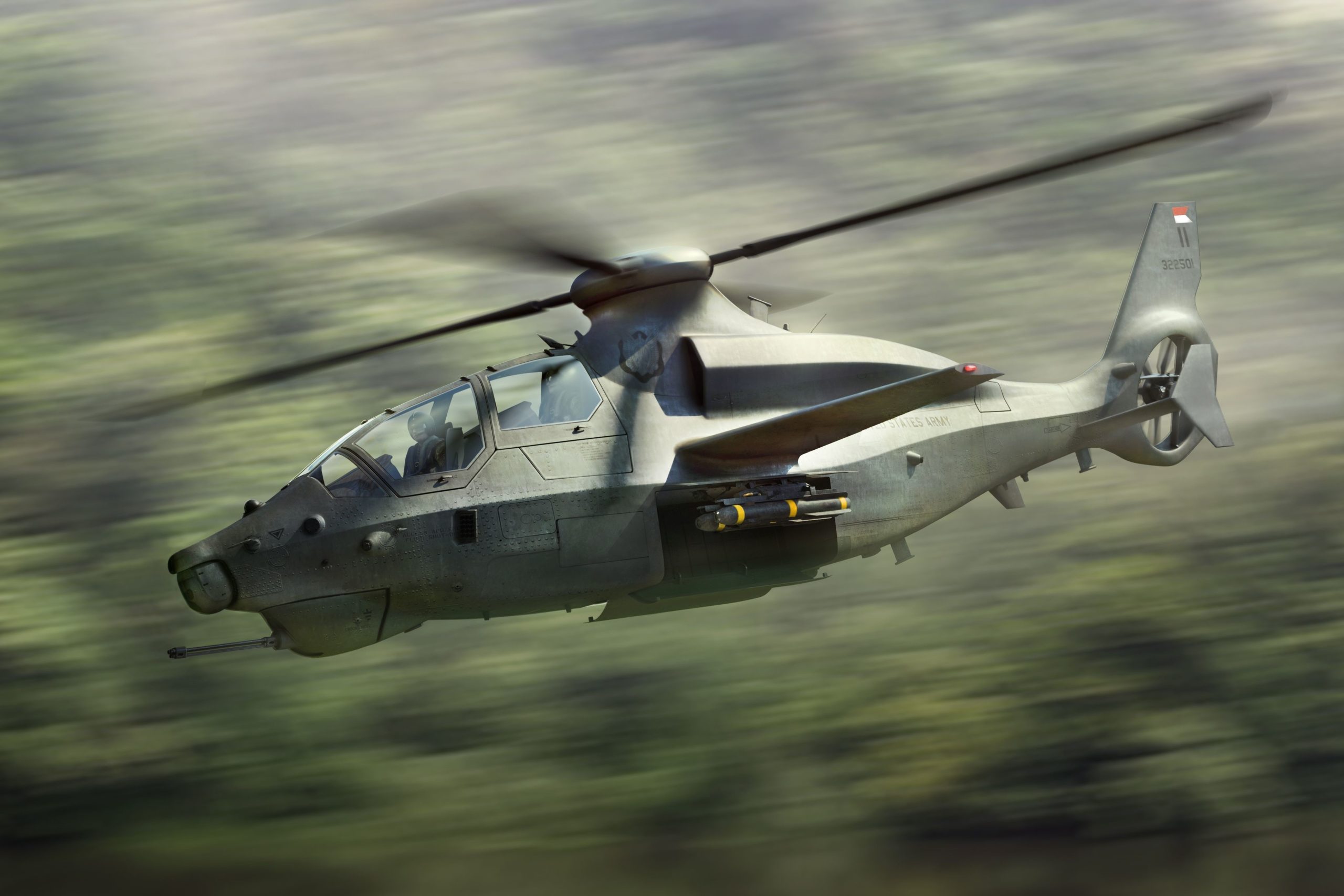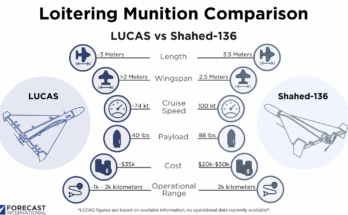
On February 08th, the United States Army sent shockwaves through the rotorcraft industry via a bundle of major announcements pertaining to the future force structure profile of the service’s vast helicopter inventories. Although the decision to cancel the development of the next-generation Future Attack Reconnaissance Aircraft (FARA) program garnered the most public attention, the FARA’s premature conclusion is poised to precipitate a raft of second-order consequences for the Army’s rotorcraft force structure and profoundly realign the retrofit, modernization and sustainment outlook for several of the service’s core platforms moving forward into the coming decade.
At the core of this broader strategic-industrial realignment are three major policy shifts; The postponement of the Improved Turbine Engine Program (ITEP) rollout, the initiation of the long-delayed CH-47 Block II upgrade project and the suspension of the UH-60V program in favor of additional UH-60M acquisitions.
The ITEP project, intended to provide both a long-term successor for the aged T700 powerplant suites of the ubiquitous H-60 and AH-64 platforms as well as the line-fit solution for the new FARA platform, was formally initiated in 2009. After a competitive design process, the Army selected General Electric’s advanced T901 turboshaft solution to fulfill this long-gestating requirement in 2019. However, the onset of COVID-19 pandemic significantly complicated the new turbine’s road to serial-manufacture over the subsequent years.
Despite Boeing’s receipt of a $239 million contract for Apache Phase II integration in 2021, and the T901’s successful clearance of the First Engine to Test (FETT) milestone in 2022, persistent supply chain and manufacturing disruptions resulted in the envisioned flight-testing date for the new engine being steadily pushed back to 2024, two years behind schedule. Still, the ITEP program appeared to be leaving the doldrums of the past behind it as the onset of the new year approached. However, the cancellation of the FARA and lingering supply issues have instead resulted in the Army once again postponing the T901’s production rollout under its new policy program. Although the revised schedule for the ITEP rollout has not yet been fully articulated, Army documentation stresses that the project’s realignment will be crafted to ensure ‘adequate time to integrate it with AH-64 and UH-60 platforms’. As such, the modifications phase of this vast retrofit initiative is liable to only enter full swing in the latter half of the decade.
The cancellation of the UH-60V upgrade program will enormously reconfigure modifications expenditures associated with the Black Hawk platform over the coming decade and beyond. Under the Department of Defense’s (DoD) FY24 Future Years Defense Program (FYDP) appropriations outlook, anticipated UH-60V modifications activity from FY24-FY28 alone was valued at $918.6 million, a sum that would finance 189 V-series kit installations over the associated period. These acquisitions were intended to contribute to the ultimate realization of the H-60 Black Hawk Army Acquisition Objective (AAO), which under recent budget programs was to comprise of 1,375 new 60M and 760 Recapitalized (A/L/V) assets. The suspension of additional V-series modifications activity will represent a significant shift in the locus of UH-60 expenditures from modifications towards new-build manufacture.
While the revision of the Army’s H-60 fleet plans could be described as an essentially lateral shift for both the service’s fleet profile and the market prospects of the associated contractors, its decision to commit to a fleet-wide SLEP Block II upgrade program for the CH-47 platform represents a more straightforwardly fortuitous development for both Boeing and the future capability profile of U.S heavy-lift inventories.
The Block II upgrade is envisioned as including new upgraded transmissions and rotor heads, strengthened airframes to increase payload, an upgraded electrical system, higher-capacity sponson fuel tanks, and software updates. Although the Army once also envisioned integrating the platform with improved rotor blades, the consistently unsatisfactory performance of the newly designed blades during testing continually obstructed the rest of the Block II program’s road to maturation. These developmental shortfalls only further compounded contentious institutional debates over varied cost and force structure issues associated with the program and by 2021 the future of the Block II SLEP became mired in uncertainty despite a small slate of production orders. However, robust congressional pressure to invest in the invaluable capabilities of the CH-47 fleet over the following years, paired with the Army’s later decision to abandon development of the troublesome rotor blade upgrade, has now broken this state of gridlock. The Army’s firm commitment to CH-47 fleet revitalization, planned to encompass both retrofit and new-build initiatives, appears certain to provide palpable relief to Boeing’s helicopter branch after years of uncertainty.
A lifelong enthusiast of armored vehicles, Thomas serves as an analyst on Forecast International's Military Vehicles Forecast product. In addition, Thomas is responsible for updating the reports and analysis within Forecast International's International Military Markets – Latin America & Caribbean product. He also provides analysis for Forecast International's Airborne Retrofit & Modernization Forecast. Before this assignment, Thomas served as a research assistant for Forecast International's analytical team and has made written contributions to the Civil Aircraft Forecast, Military Aircraft Forecast, and Rotorcraft Forecast services. Thomas derives his knowledge from a multidisciplinary background, with a strong emphasis on the history and politics of Russia and the former satellite republics of the Soviet Union. He has studied in the Russian Federation at Saint Petersburg State University and is proficient in the Russian language at an advanced level.




